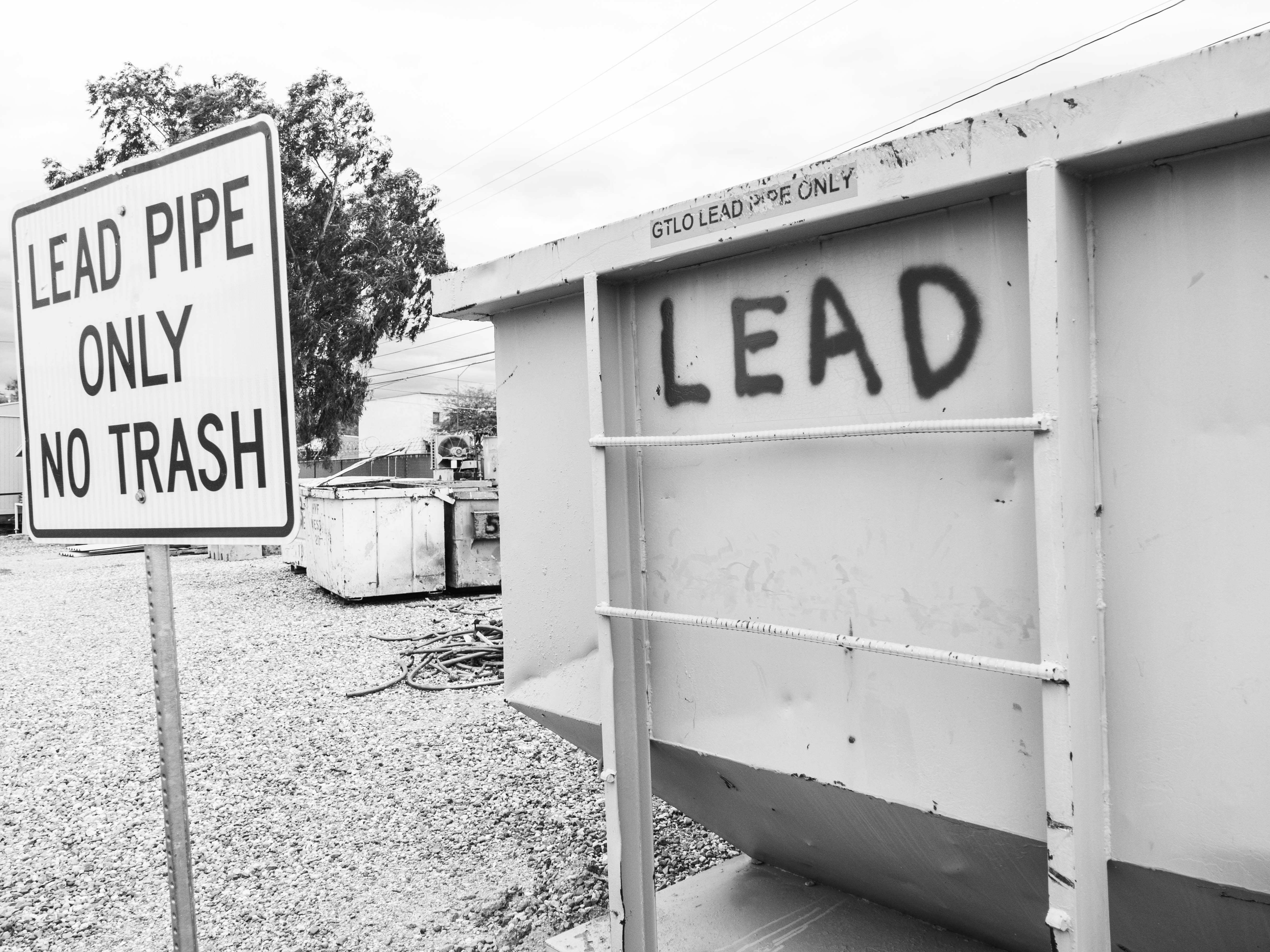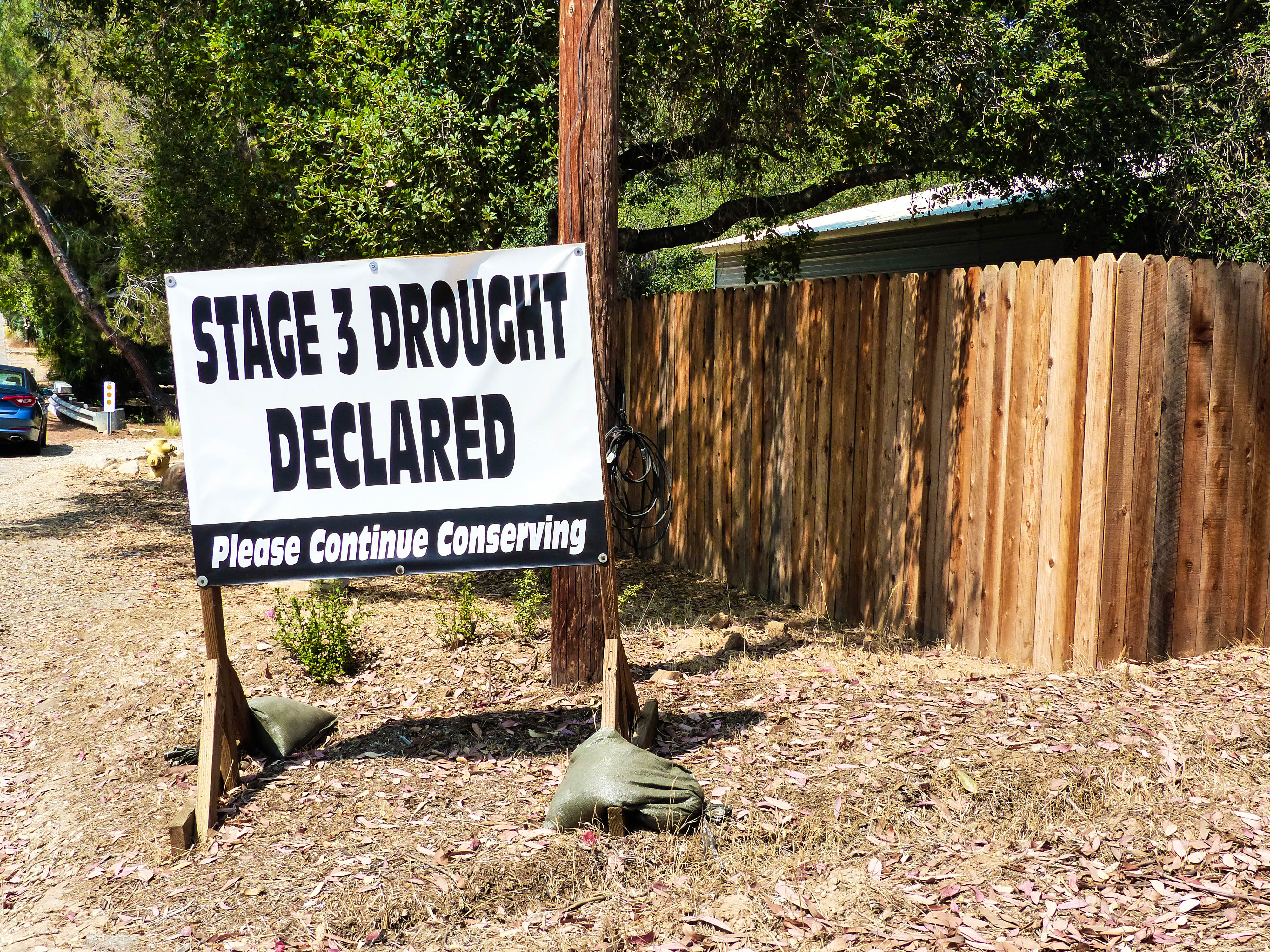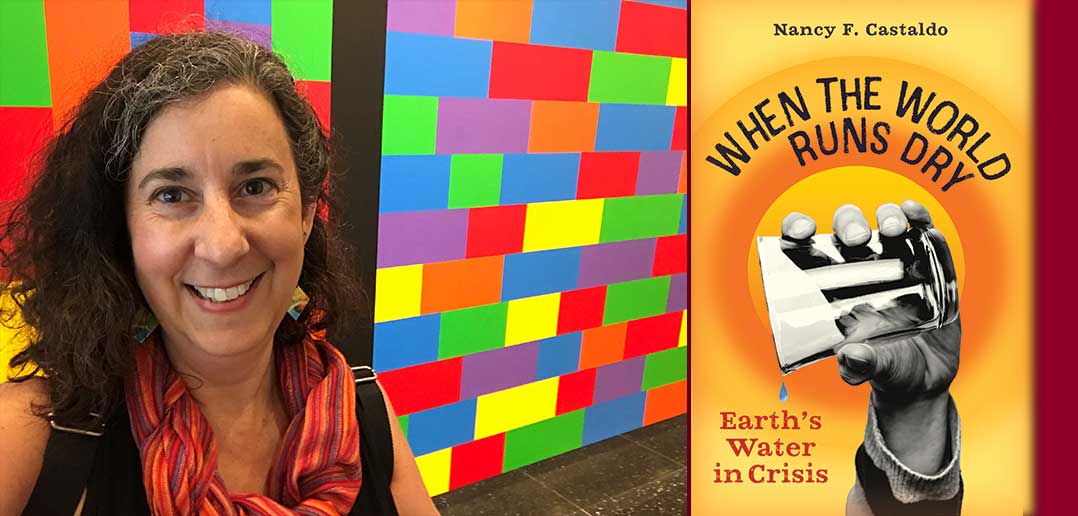Castaldo, who resides in New York’s Hudson Valley, has been interested in nature—and writing about it—since she was a child, but it wasn’t until she was a student at Marymount College that she homed in on ecology. During her senior year, her interests converged: All at once, she served as president of the science club, editor of the literary magazine, and an intern at Audubon Magazine. Since then, she’s published more than two dozen books, written countless articles, worked as an environmental educator, and won some awards, to boot. She’s also a certified National Geographic Educator.
In When the World Runs Dry, amid the heartbreaking anecdotes from Flint, Michigan, and the alarm bells about Earth’s rising sea levels, Castaldo offers readers ages 10 to 18 years old not only potential solutions but hope.
Your interest in nature and the planet began very early on, but when did you know that you wanted to pursue that interest professionally?
Before I entered Marymount, I really thought of becoming a veterinarian; I came in initially as a biology major with that in mind. I ended up finding out early on that that was not the path I wanted to pursue, but instead I wanted to pursue more of ecology and animal behavior—and my ecology class at Marymount was instrumental in solidifying that.
What’s your favorite part of the writing process?
I am definitely a research junkie. I love every aspect of it. It’s like a scavenger hunt. I’m able to just explore things that I’m fascinated in during the research phase. So, when I get the OK to do any of my books and I begin that phase of research, whether it’s spending time in a library, digging out old books in a science library, or traveling, that is the part that I really enjoy the most. And of course, research brings you down a path. It gives you offshoots of things to write about, and discoveries that you didn’t know when you set out to research a topic.
To date, which research destination has had the greatest impact on you?
There’ve been so many for many different reasons. When the World Runs Dry involved a lot of research to areas where folks were having serious water issues—a lot of crises. One of those was a visit to Flint, Michigan, and it was very, very difficult to see the environmental injustice that occurs and to experience in a very, very, very minor way what these people are going through. It’s eye-opening. It changed the way I look at communities and environmental justice, and I think that will stay with me forever.
I think that anytime we travel outside of our own experience, it opens us up to a deeper understanding for the world around us. When I was working on a book called The Story of Seeds, which is another young adult book that came out in 2016, I was able to travel to Russia and spend time in St. Petersburg. And of course, right now, facing the war news every day in Ukraine, I can’t get that out of my head. What I learned in that trip, which was very instrumental in my thinking going forward, was that scientists have a different sense of boundaries, of country borders, than I think the rest of us. Scientists don’t put up [the same] walls, and maybe we can learn from that.
So, there’ve been things like those experiences, those research stories, that have really opened my eyes to the world climate, so to speak.

Your books largely fall into the young adult and middle-grade ranges. Why kids? What drew you to this audience?
Writing for kids is a gift. Kids remember the books that they read. They’re impressionable at that age. They are a challenge to write to, as well. You have to be really, really careful about what you write for kids in that it must be accurate. You can’t put anything over them. They’re smart, and they deserve books that tell them what’s going on out there. And then, what I try to do in my books for kids is, I want to not only inform my readers, but I want to inspire them to action. I want to empower them. I want to write for kids to let them know that they have a voice, and I want them to be able to know that their voice matters. I think that’s a different goal than writing for adults.
We’re leaving the world to kids, and we need to give them the tools that they need to move forward—to be competent, well-versed citizens. I love the kids that are fighting for the planet right now. I feel like they’re our future, and they need books that are going to help them. I’m hoping that my books do that.
How do you go about conveying such complex, layered issues in a way that’s digestible for the kids? One of the things that struck me when I was reading When the World Runs Dry was that you didn’t “dumb down” the topic. How do you balance presenting the info in a way that this audience can understand, but also in a way that’s challenging?
Yeah, it is challenging to do that. And sometimes it takes me a few passes to get it right, and good editors to help me along with that, as well. I think that kids today are a little bit more versed than they were when I started writing. I remember writing a book in 2008 that was called Keeping Our Earth Green, and that book was about all the different issues that we face around the planet. At that time, I had to describe to kids what climate change was and put it in very understandable terms. But since then, there’s so much out there now that kids really understand.
What I tried to do with When the World Runs Dry was to give them real-life examples of different water issues that they could really dig into and understand; flesh out a little bit of what they were hearing on the news already. And knowing, of course, that my readers are going to represent a wide age group, so trying to balance that a little bit, and providing resource matter that helps them get more information if they need it.
The book does a really good job of humanizing the topic, as well. Unfortunately, there’s no shortage of people who have been negatively impacted by the water crisis, so how did you choose the subjects that you highlighted in the book?
I wanted to show the diversity of people involved, to show kids that it pretty much didn’t matter who or where you were, that there are water issues that could impact you wherever you lived. And to also get a variety of places. Unfortunately, there’s so much in the news that it was a matter of picking and choosing what were the best examples of those different aspects. I wanted them also to see that it wasn’t just happening in the United States. We may not be experiencing the same level of crisis here in the United States, but that doesn’t mean it’s not happening in Australia or South Africa.
While I wasn’t able to travel to all of those areas, I did travel quite a bit for this book, and I wanted my reader to come along with me for that exploration and see the variety of climate, the variety of people, the variety of country, and how each area and each group of people were being impacted. I really do wish there were less places to choose from. It was a matter of which ones to leave out more than which ones to put in.

How did you remain hopeful as you worked on this book?
I believe that we all have to have hope about our planet. How else could we go on? You can’t strive to make a difference if you don’t have hope. If you don’t think that there can be change, there won’t be change. But, that doesn’t mean that there weren’t times in this book when I was writing it that it was just overwhelmingly sad to hear about people who were displaced, people having health issues; the young woman that I dedicated the book to passed away after I interviewed her. [Jassmine McBride died in February 2019. Then just 30 years old, McBride was the 13th official victim of Flint’s outbreak of Legionnaire’s disease, a respiratory condition caused by soil- and water-dwelling bacterium.] She still stays with me, and I can’t help but be upset and saddened by so much of that.
It was a difficult book to write, but I think that it’s always better to have the knowledge. One of the things that I tried to do was include as many young people as possible in the book—there’s obviously always room for more—to let my young readers know that there are other teens out there that are doing amazing things by raising their voices or inventing things, [like Mari Copeny’s #WednesdaysForWater Twitter initiative or Gitanjali Rao’s handheld water-testing device]. Those are the aspects that bring me hope. Those are the points to the story that take it to that next level, that provide us with the action, the energy, we need to light that spark underneath us to do something.
Your next book hits shelves in August. What’s it about?
The Wolves and Moose of Isle Royale is a story of ecosystem restoration. When I was in college at Marymount, I had a fabulous ecology teacher who taught us about this wolf and moose predator-prey relationship on Isle Royale, a fascinating little island that’s in Lake Superior and [part of the National Parks System]. It’s the oldest predator-prey study that’s happened in the world. The wolf population has dwindled so much that the moose population has soared, creating this huge imbalance in the island ecosystem, so the scientists decided that they were going to reintroduce wolves. This book delves into the predator-prey study, why the wolves are being reintroduced, and how that reintroduction is going.
It was just wonderful to go there, to meet the people I had studied in college that have been working on this project for so many years. It was fascinating: It was like my college classes coming back, full speed.
Buildings That Breathe comes out at the beginning of November. And it’s a young adult book about green infrastructure, urban greening, greening parks, and it focuses primarily on the vertical forest called Bosco Verticale in Milan, Italy. My research for that involved spending a week at a United Nations conference in Italy on urban forestry. It’s fascinating to be able to build buildings that actually help the environment—that can alter what our cities will look like in the future. So, that comes out in the beginning of November.
Is there anything else you want readers to know?
One of the things that I hope for the book is that my readers will also discover ways to deal with adversity. I think that’s very important at any time, but particularly now. We can’t get through our lives without such experiences. It may not be a water issue, but it may be a different issue. I’m hoping that my books provide tools to strengthen my readers and help them become active citizens in our world.
I hope the book empowers them, instructs them, entertains them, but also provides them with a way to develop their empathy, as well.

